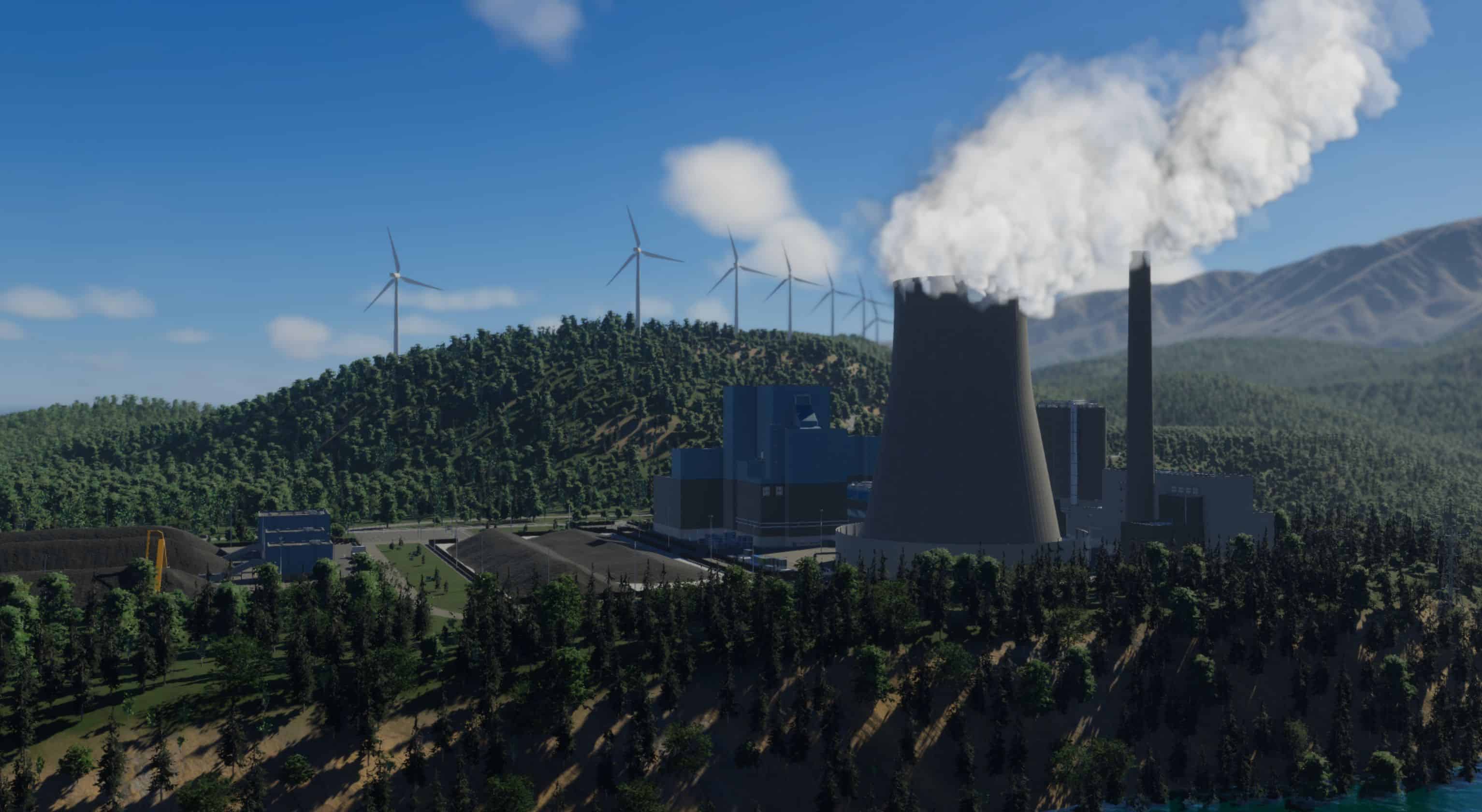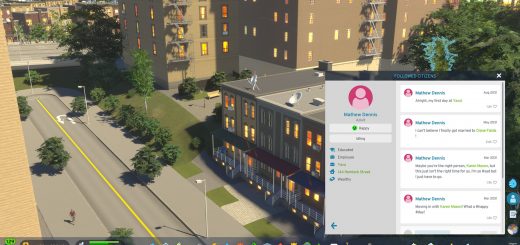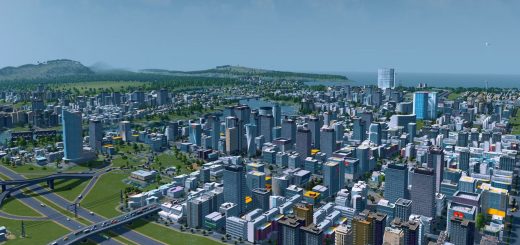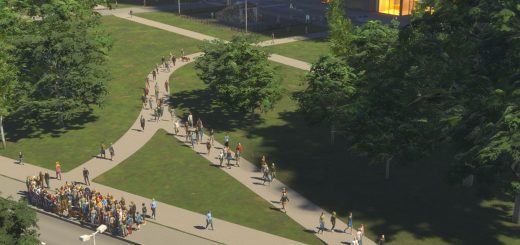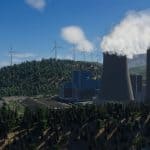
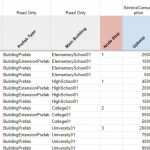


Cities Skylines 2: Game Balancing
Greetings, fellow city builders! Here we are with yet another insightful chapter of our Cities: Skylines II development journey. Today, we pull back the curtain on game balancing, sharing the nuances, and the tightropes we tread to ensure optimum gameplay. Remember, the essence of a simulation game lies in its balance, and that’s the magic we aim to encapsulate.
THE GRAND DESIGN
Our vision has always been a game that strikes the perfect harmony between depth and accessibility, catering to both rookies and seasoned players. Take the introduction of Government Subsidies, for instance. Designed to bolster initial gameplay, these subsidies support budding cities with operating costs when revenue streams are scanty. But as the city expands and becomes self-reliant, subsidies gradually taper off. This ensures a gameplay that’s inviting yet consistently challenging.
A cornerstone of our approach has been authenticity. We’ve anchored our game mechanics – from building operations, fiscal policies, commerce, to citizen behavior – to mirror real-life dynamics. Consider a hypothetical town of about 10,000 residents – that’s our benchmark for game functionality. In our revamped version, power plants are fuel-dependent. Hence, while ensuring seamless road connectivity for fuel delivery is crucial, managing the financial implications of fuel consumption becomes equally pivotal.
To navigate this vast game expanse, we’ve armed ourselves with comprehensive tools. A centralized database captures every building’s attributes, enabling us to tweak values with precision. This dynamic system ensures that data synchronization between the project and the database is a breeze, thereby streamlining the calibration process.
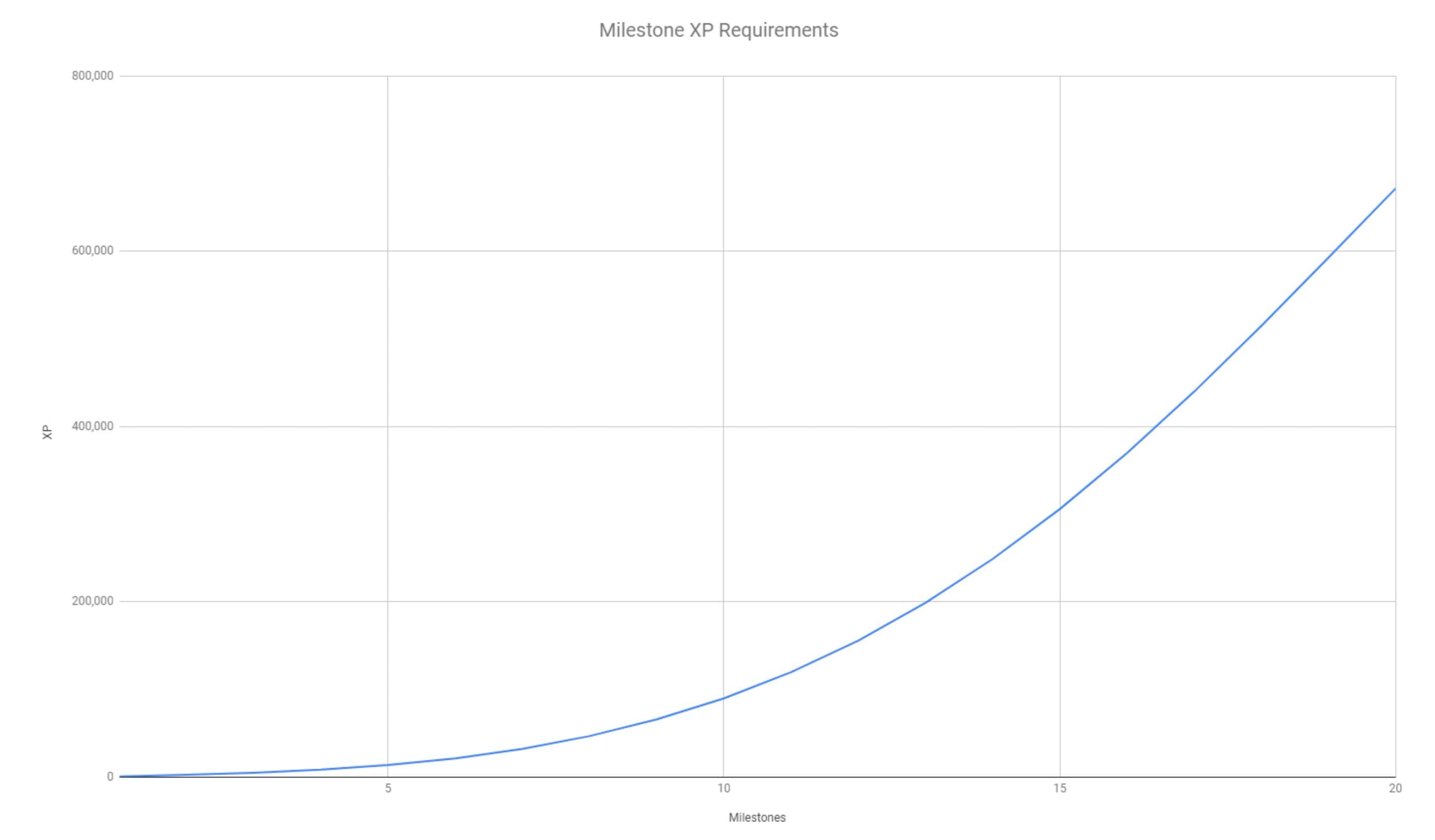
THE EVOLUTION CURVE
Cities: Skylines II introduces an innovative progression paradigm. Milestones now hinge on accumulating Experience Points (XP) rather than just population growth, a deviation from its predecessor. This ensures diverse city designs, enabling players to achieve targets regardless of city size. Balancing XP accrual thus becomes pivotal in modulating gameplay tempo.
We’ve meticulously crafted the gameplay rhythm. In the beginning, XP accrual aligns with feature exploration, granting players ample time to acquaint themselves with unlocked tools before proceeding to subsequent milestones. This paced progression ensures an immersive learning curve.
Now, calibrating XP rewards, especially concerning city expansion, posed its unique set of challenges. The objective? XP rewards that are significant but don’t expedite milestone achievements unduly. For instance, while road constructions yield XP for each segment, a higher value might fast-track milestone unlocks.
Incorporating passive XP in Cities: Skylines II presented a fresh set of challenges. While passive XP accrual is comparatively sluggish, it mirrors real-world dynamics where smaller towns evolve at a gentler pace than sprawling metropolises. The key was to make passive XP gains sufficiently enticing, underscoring their relevance in the game’s broader schema.
Yes, there are loopholes where certain constructions yield disproportionate XP. However, this flexibility aligns with our philosophy: it’s all about player choice.
Join us next time as we unravel more behind-the-scenes intricacies. Until then, happy building!
STRUCTURE STATISTICS
A critical component of gameplay calibration revolves around building statistics, which define how structures operate. Each city service is governed by specialized statistics, necessitating individual balance adjustments to ensure optimal functionality across cities of varied sizes. With the introduction of upgradable city services, our focus extended beyond basic stats to the ramifications of these upgrades. This entailed evaluating aspects like capacity augmentation due to upgrades, any novel functionalities influencing city dynamics, potential effects overlap, and cost implications when juxtaposing singular upgraded buildings with multiple standard service structures.
Zoned structures and landmark buildings are classified based on their respective zones. Inherent balancing parameters autonomously determine the dynamics of each zone type. Parameters such as plot size, number of storeys, and unit count for residential zones, and workspace specifics like job count, storage capacity, and production metrics, are crucial considerations.
Landmark structures echo regular zoned buildings’ stats but are augmented with distinct attributes to enhance their significance in the urban tapestry. They wield effects – some localized, others city-wide – that confer tangible benefits to the metropolis. Their strategic unlocking prerequisites ensure they remain coveted achievements in the game.
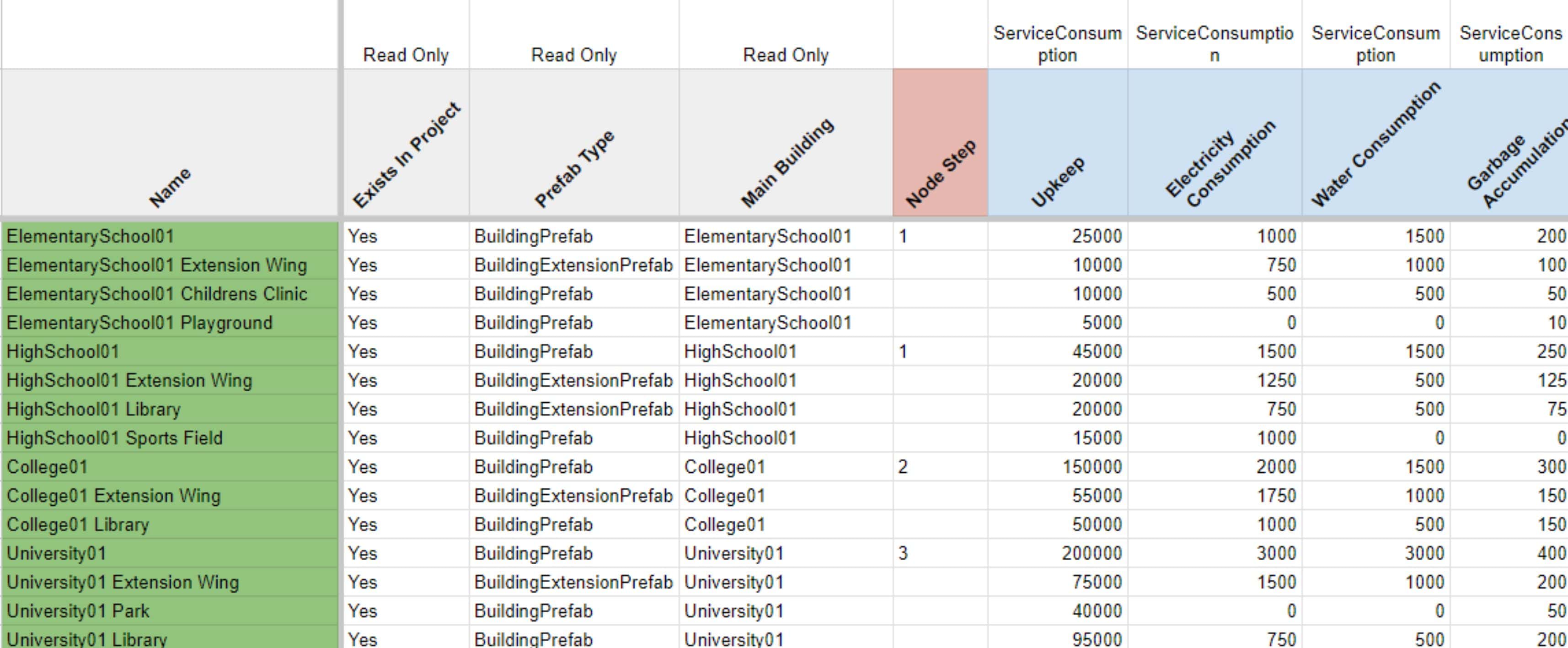
SPOTLIGHT: ELEMENTARY SCHOOL
Let’s delve into the elementary school as an illustrative case. This structure boasts a limited service radius and modest capacity, determining the extent of its well-being uplift for families, symbolized by the verdant hue on the in-game road grid under the education view. Residing within this zone endows families with a well-being enhancement, mirroring the real-world preference of families gravitating towards school proximities. The rationale behind its constricted service range and capacity is to emulate real-world urban layouts, where each city segment or district typically houses its distinct elementary school establishments.
POWER GENERATION INSIGHTS
Diving deeper into the intricacies of game balance, electricity generation in Cities: Skylines II stands out as a particularly captivating challenge. Beyond the rudimentary factors like construction and maintenance expenses for utility structures, we’ve navigated the complexities of fuel availability and its fiscal implications on the operational costs of power plants. That’s right – this iteration factors in the cost of fuel as an integral component of power plant maintenance. Further, we’ve gauged parameters like electrical yield, fuel reservoir capacity, and the environmental footprint of these facilities.
A pivotal conundrum has been calibrating power plants with divergent characteristics. Take, for instance, the wind turbine, an eco-friendly powerhouse that obviates the need for fuel, has a negligible environmental impact (barring its aesthetic intrusion as a potential eyesore in residential zones), and is cost-effective to erect. Contrast this with the coal power station, a fuel-intensive, space-hogging behemoth with significant ground and atmospheric pollutants. However, its redeeming features include a robust energy yield and provision of ample employment.
Finding equilibrium for these energy sources demands a synthesis of quantitative evaluations and gameplay nuances. The challenge lies in juxtaposing green energy with its fossil fuel counterpart, underscoring the advantages and pitfalls inherent to each, and ensuring every decision made by players holds tangible merit. Rooted in realism, our approach recognizes the reliability and potency of coal as an energy medium vis-à-vis the sporadic nature of wind energy. However, the environmental toll of coal usage is also spotlighted, encouraging informed choices.

Beyond the core characteristics, we’ve also factored in the city’s evolving stature. Certain power plants naturally align with cities of varying sizes. For instance, a wind farm might be a cost-effective energy solution for nascent towns, but expecting it to solely sustain a burgeoning metropolis is unrealistic. Through our diverse range of power plants, we aim to furnish you with a spectrum of choices tailored to your city’s unique demands and fiscal capacity at every phase of its growth.
Evidently, our approach to balancing power generation transcends mere juxtaposition of capacity and output metrics. Our aspiration is to present you with myriad intriguing and feasible options as you ponder your city’s energy blueprint. And as always, your feedback is invaluable to us. Tune in tomorrow as we pivot our focus towards the intricate mechanics of Companies & Billboards.

